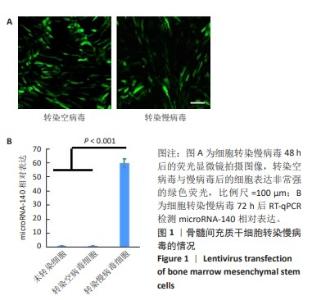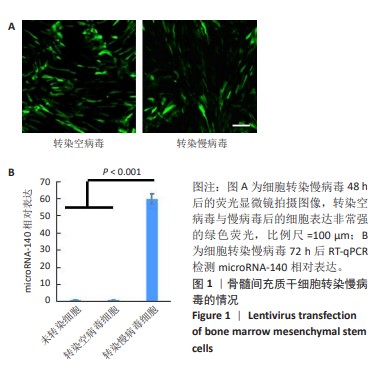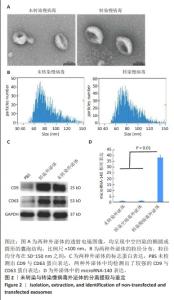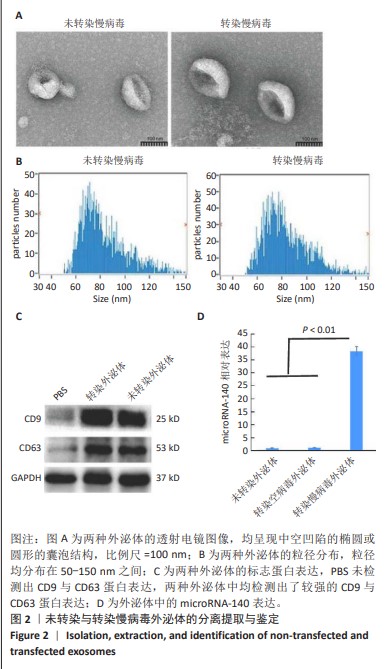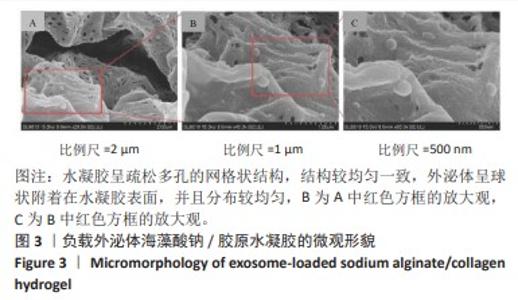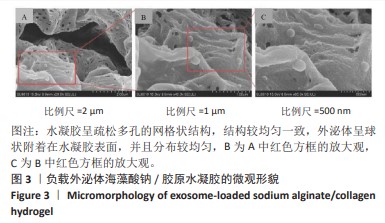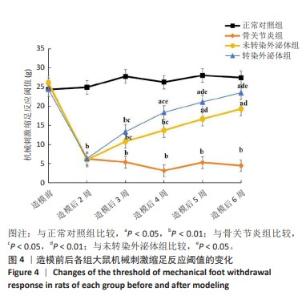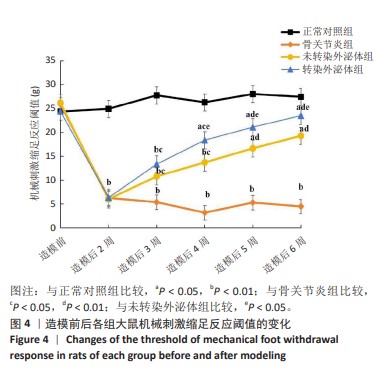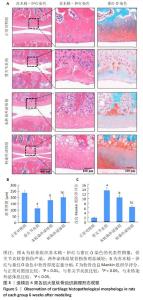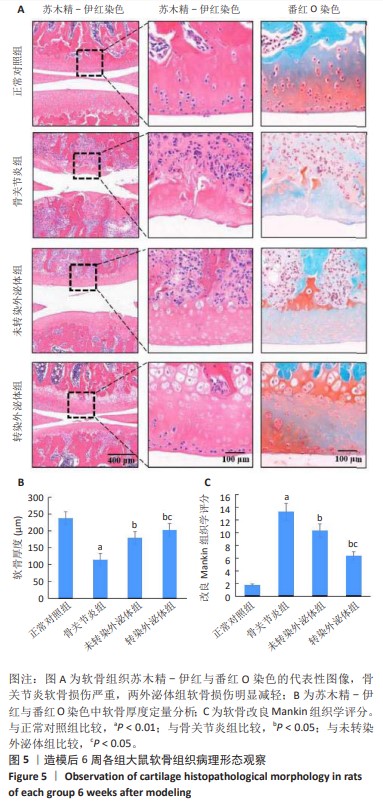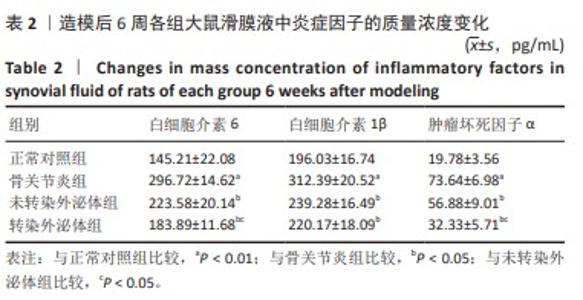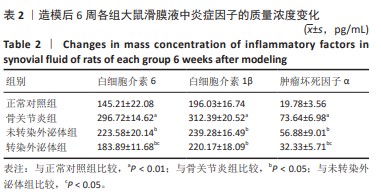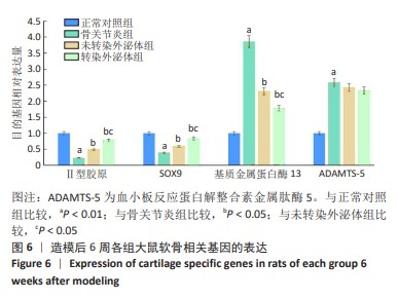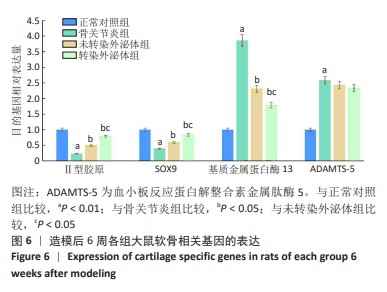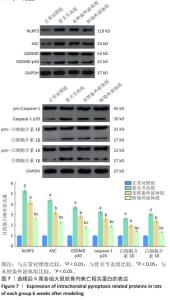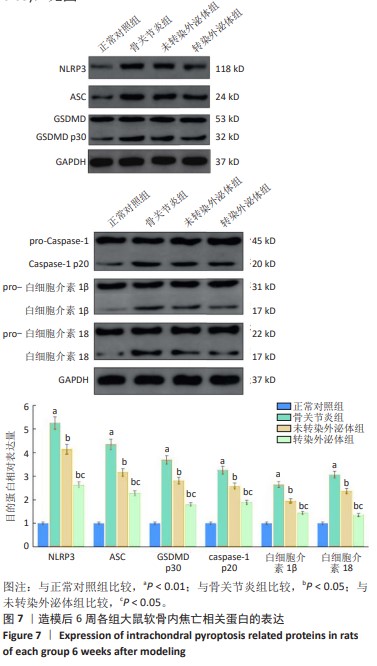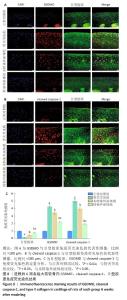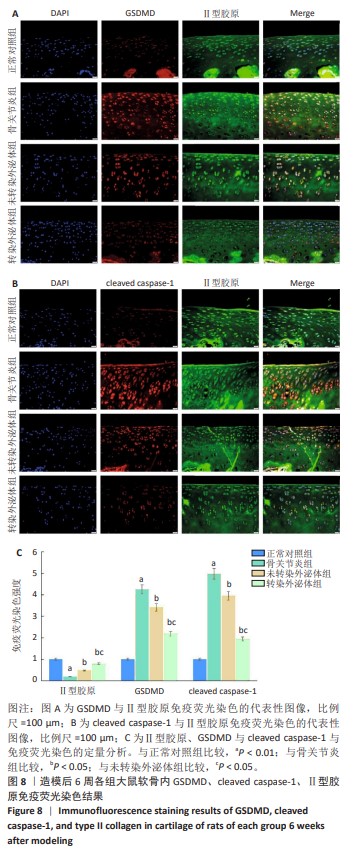[1] ABRAMOFF B, CALDERA FE. Osteoarthritis: Pathology, Diagnosis, and Treatment Options. Med Clin North Am. 2020;104(2):293-311.
[2] WANG Z, WANG S, WANG K, et al. Stimuli-Sensitive Nanotherapies for the Treatment of Osteoarthritis. Macromol Biosci. 2021;21(11):e2100280.
[3] FOURNIER J, FINESTONE H, LAUZON J, et al. Prevalence, Impact, and Treatment of Co-Occurring Osteoarthritis in Patients With Stroke Undergoing Rehabilitation: A Review. Stroke. 2021;52(10):e618-e621.
[4] GIORGINO R, ALBANO D, FUSCO S, et al. Knee Osteoarthritis: Epidemiology, Pathogenesis, and Mesenchymal Stem Cells: What Else Is New? An Update. Int J Mol Sci. 2023;24(7)):6405.
[5] BHATTACHARJEE M, ESCOBAR IVIRICO JL, KAN HM, et al. Injectable amnion hydrogel-mediated delivery of adipose-derived stem cells for osteoarthritis treatment. Proc Natl Acad Sci U S A. 2022;119(4):e2120968119.
[6] HE L, HE T, XING J, et al. Bone marrow mesenchymal stem cell-derived exosomes protect cartilage damage and relieve knee osteoarthritis pain in a rat model of osteoarthritis. Stem Cell Res Ther. 2020;11(1):276.
[7] JIN Y, XU M, ZHU H, et al. Therapeutic effects of bone marrow mesenchymal stem cells-derived exosomes on osteoarthritis. J Cell Mol Med. 2021;25(19): 9281-9294.
[8] ZHANG J, RONG Y, LUO C, et al. Bone marrow mesenchymal stem cell-derived exosomes prevent osteoarthritis by regulating synovial macrophage polarization. Aging (Albany NY). 2020;12(24):25138-25152.
[9] 苏坤阳,陈毕能 ,陈益樑,等.载雷奈酸锶海藻酸钠/胶原水凝胶促进骨性关节炎骨缺损的修复[J].中国组织工程研究,2024,28(10):1568-1574
[10] MA S, ZHOU J, HUANG T, et al. Sodium alginate/collagen/stromal cell-derived factor-1 neural scaffold loaded with BMSCs promotes neurological function recovery after traumatic brain injury. Acta Biomater. 2021;131:185-197.
[11] 斯海波,梁明玮,程惊秋,等.软骨前体细胞及微小RNA-140在骨关节炎软骨损伤修复中的作用[J].中国修复重建外科杂志,2019,33(5): 650-656.
[12] ZHANG Y, LIN J, ZHOU X, et al. Melatonin Prevents Osteoarthritis-Induced Cartilage Degradation via Targeting MicroRNA-140. Oxid Med Cell Longev. 2019;2019:9705929.
[13] HE K, HUANG X, SHAN R, et al.Intra-articular Injection of Lornoxicam and MicroRNA-140 Co-loaded Cationic Liposomes Enhanced the Therapeutic Treatment of Experimental Osteoarthritis. AAPS PharmSciTech. 2021;23(1):9.
[14] 凌华军,王其友,林伟文,等.骨髓间充质干细胞来源外泌体保护软骨细胞延缓骨关节炎的发生发展[J]. 中国组织工程研究,2021,25(31): 4964-4969.
[15] 徐昌顺,林春,蔡振宇.鞘内注射干扰素调节因子8小干扰RNA对术后持续性疼痛大鼠痛阈及脊髓小胶质细胞活化的影响[J].中国应用生理学杂志,2022,38(2):113-118.
[16] ZHEN G, WEN C, JIA X, et al. Inhibition of TGF-beta signaling in mesenchymal stem cells of subchondral bone attenuates osteoarthritis. Nat Med. 2013; 19(6):704-712.
[17] DING N, LI E, OUYANG X, et al. The Therapeutic Potential of Bone Marrow Mesenchymal Stem Cells for Articular Cartilage Regeneration in Osteoarthritis. Curr Stem Cell Res Ther. 2021;16(7):840-847.
[18] PANG L, JIN H, LU Z, et al. Treatment with Mesenchymal Stem Cell-Derived Nanovesicle-Containing Gelatin Methacryloyl Hydrogels Alleviates Osteoarthritis by Modulating Chondrogenesis and Macrophage Polarization. Adv Healthc Mater. 2023;12(17):e2300315.
[19] HUANG Y, ZHANG X, ZHAN J, et al. Bone marrow mesenchymal stem cell-derived exosomal miR-206 promotes osteoblast proliferation and differentiation in osteoarthritis by reducing Elf3. J Cell Mol Med. 2021; 25(16):7734-7745.
[20] TANG S, TANG T, GAO G, et al. Bone marrow mesenchymal stem cell-derived exosomes inhibit chondrocyte apoptosis and the expression of MMPs by regulating Drp1-mediated mitophagy. Acta Histochem. 2021;123(8):151796.
[21] MIYAKI S, SATO T, INOUE A, et al. MicroRNA-140 plays dual roles in both cartilage development and homeostasis. Genes Dev. 2010;24(11):1173-85.
[22] SI H, LIANG M, CHENG J, et al.[Effects of cartilage progenitor cells and microRNA-140 on repair of osteoarthritic cartilage injury. Zhongguo Xiu Fu Chong Jian Wai Ke Za Zhi. 2019;33(5):650-658
[23] HASEEB A, KC R, ANGELOZZI M, et al. SOX9 keeps growth plates and articular cartilage healthy by inhibiting chondrocyte dedifferentiation/osteoblastic redifferentiation. Proc Natl Acad Sci U S A. 2021;118(8):e2019152118.
[24] FUJII Y, LIU L, YAGASAKI L, et al. Cartilage Homeostasis and Osteoarthritis. Int J Mol Sci. 2022;23(11):6316.
[25] BAY-JENSEN AC, MOBASHERI A, THUDIUM CS, et al. Blood and urine biomarkers in osteoarthritis - an update on cartilage associated type II collagen and aggrecan markers. Curr Opin Rheumatol. 2022;34(1):54-60.
[26] AO Y, TANG W, TAN H, et al. Hydrogel composed of type II collagen, chondroitin sulfate and hyaluronic acid for cartilage tissue engineering. Biomed Mater Eng. 2022;33(6):515-523.
[27] BAGHERI VARZANEH M, ZHAO Y, ROZYNEK J, et al. Disrupting mechanical homeostasis promotes matrix metalloproteinase-13 mediated processing of neuron glial antigen 2 in mandibular condylar cartilage. Eur Cell Mater. 2023;45:113-130.
[28] NEDUNCHEZHIYAN U, VARUGHESE I, SUN AR, et al. Obesity, Inflammation, and Immune System in Osteoarthritis. Front Immunol. 2022;13:907750
[29] RAO Z, ZHU Y, YANG P, et al. Pyroptosis in inflammatory diseases and cancer. Theranostics. 2022;12(9):4310-4329.
[30] COLL RC, SCHRODER K, PELEGRÍN P. NLRP3 and pyroptosis blockers for treating inflammatory diseases. Trends Pharmacol Sci. 2022;43(8):653-668.
[31] AN S, HU H, LI Y, et al. Pyroptosis Plays a Role in Osteoarthritis. Aging Dis. 2020;11(5):1146-1157.
[32] 吕佳,郝亚宁,王晓,等.骨髓间充质干细胞来源外泌体miR-30e-5p改善高血糖诱发的肾小管上皮细胞的焦亡[J].西安交通大学学报(医学版),2023,44(6):859-865.
[33] BAI Z, HU H, HU F, et al. Bone marrow mesenchymal stem cellsderived exosomes stabilize atherosclerosis through inhibiting pyroptosis. BMC Cardiovasc Disord. 2023;23(1):441.
[34] WANG XP, XIE WP, BI YF, et al. Quercetin suppresses apoptosis of chondrocytes induced by IL-1beta via inactivation of p38 MAPK signaling pathway. Exp Ther Med. 2021;21(5):468. |
